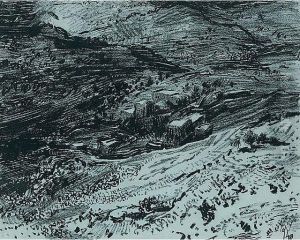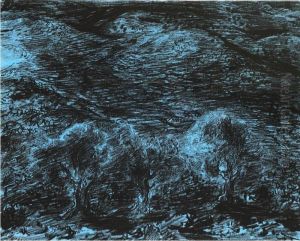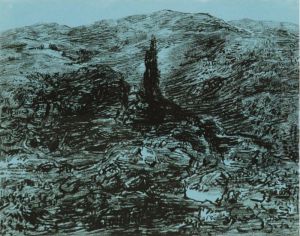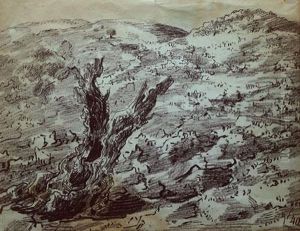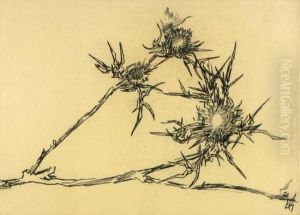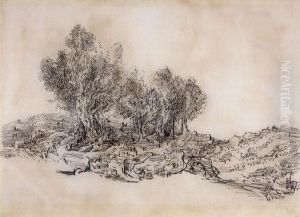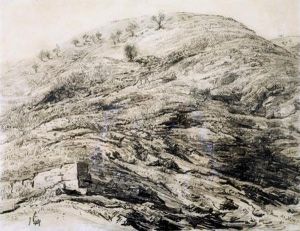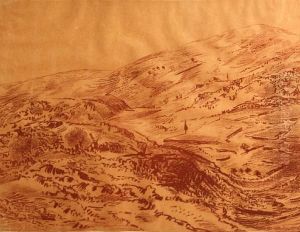Leopold Krakauer Paintings
Leopold Krakauer was an Austrian-born Israeli architect and painter, whose professional journey and artistic contributions spanned across two continents, reflecting the tumultuous times of the 20th century and the birth of the State of Israel. Born on December 21, 1890, in Vienna, Austria, Krakauer grew up in an era that was rich in artistic and intellectual exploration, which undoubtedly influenced his future pursuits in the realms of architecture and painting.
Krakauer's early life in Vienna provided him with a solid foundation in the arts, leading him to study architecture at the Technische Hochschule (now Vienna University of Technology). His studies were interrupted by World War I, during which he served in the Austro-Hungarian Army. After the war, he completed his education and began practicing architecture in Vienna. However, the rise of anti-Semitism and the changing political landscape in Europe in the 1920s and 1930s prompted him to emigrate. In 1924, Krakauer moved to what was then British Mandate Palestine, a region that was experiencing a significant wave of Jewish immigration and was in need of professional expertise in building and urban planning.
In Palestine, and later Israel, Krakauer became an influential figure in the architectural scene. He was among the pioneers who shaped the early architectural language of the emerging state, contributing to the development of what would be known as the International Style or Bauhaus architecture in Tel Aviv, which is recognized today as a UNESCO World Heritage site. His architectural works include residential buildings, public institutions, and urban planning projects. Notably, Krakauer's designs often reflected a sensitivity to the local environment, incorporating elements suited to the Mediterranean climate.
Parallel to his architectural career, Krakauer pursued his passion for painting. His artworks, which include landscapes, cityscapes, and portraits, are characterized by their expressionist style and often depict scenes from his surroundings in Israel. Krakauer's paintings have been exhibited in various solo and group exhibitions both in Israel and internationally, contributing to his reputation as a versatile artist who could express his vision through both the built environment and the canvas.
Leopold Krakauer's legacy is that of a pioneer who bridged European modernism with the nascent cultural and physical landscape of Israel. He passed away on July 9, 1954, in Jerusalem, leaving behind a body of work that continues to be celebrated for its historical significance and artistic merit. Through his buildings and his artworks, Krakauer captured the spirit of an era and a nation in transition, making a lasting imprint on the architectural and artistic heritage of Israel.
